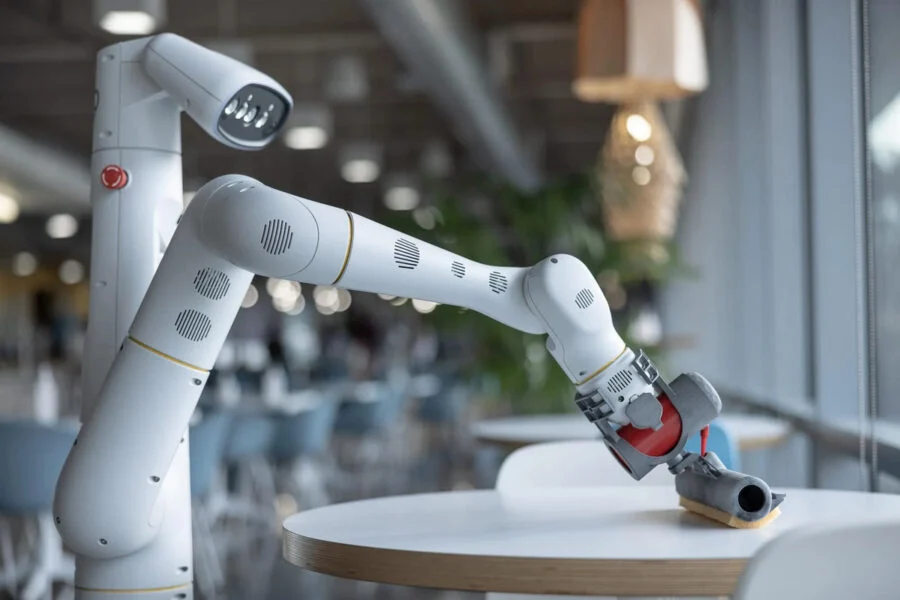
Worker shortage: Japan plans to replace 11 million people with avatars, robots, and AI by 2040
Japan is facing a significant labor shortage, estimated to reach 11 million people by 2040, and is turning to innovative solutions such as avatars, robots, and artificial intelligence to address this problem in key sectors such as construction, trucking, agriculture, and retail.
This was reported by the Financial Times.
The Osaka World Expo, scheduled for spring 2025, is a prime example of the impact of this crisis on the labor market, with construction being delayed due to a lack of workers. Labor shortages affect various aspects of Japan’s service economy, including the lack of food carts on high-speed trains and empty vending machines.
Shoto Furuya from the Recruitment Institute emphasizes that labor shortages in Japan are a constant problem that affects basic services and social infrastructure. The aging of the population, almost 30% of which is over 65, exacerbates the problem.
Japan has traditionally relied on women and older workers, but this is no longer enough. The country’s response to this labor crisis is being closely watched, especially in China, which is facing a similar demographic problem.
In construction, the number of workers has fallen by 30% since 1997, with only 12% of them under 29 years old. New labor regulations limiting overtime for construction workers and truck drivers are forcing the industry to adapt. Because of this deficit, the cost of the Osaka World’s Fair doubled to more than $1.6 billion.
Companies like Toggle are introducing industrial robots to automate labor-intensive processes in construction. Similarly, confectionery manufacturer Lotte is switching from trucks to trains to deliver its products in anticipation of a driver shortage.
In agriculture, robots such as Raicho 1 are used to weed rice fields, which significantly reduces human labor time. However, Japan’s self-sufficiency in food production is under threat as the number of abandoned farmlands increases and the farm population ages.
Retailers are also adapting: avatars are being tested in stores, which can be remotely controlled by employees. This approach helps to staff night shifts in rural areas, solving the problem of an acute shortage of employees in convenience stores.
Labor shortages are driving Japan’s transition to technology and automation, and avatars, robots, and artificial intelligence look set to play a crucial role in sustaining the country’s economy and lifestyle in the near future.

